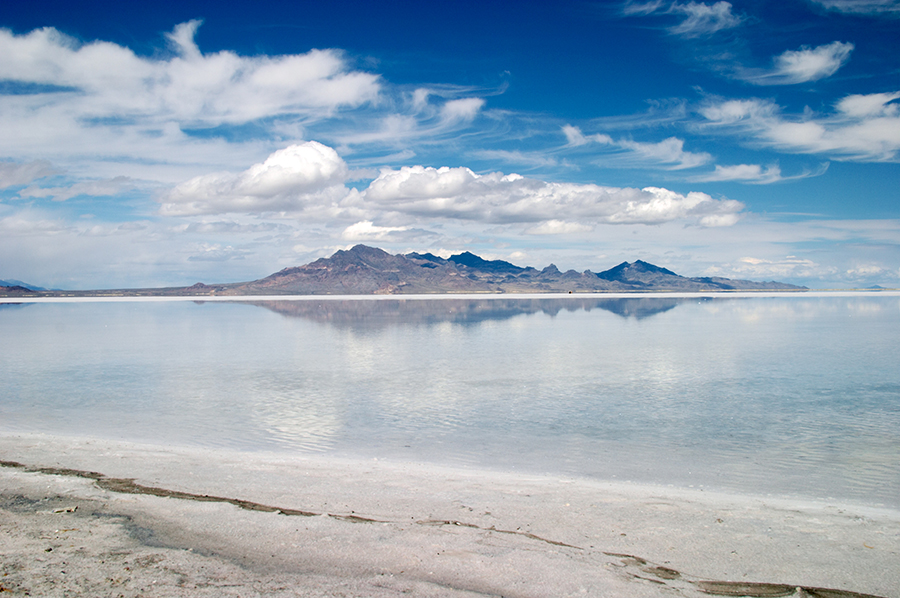A multimillion Inland Port is taking shape south of the Great Salt Lake. The original project of 16,000 acres has since ballooned to include a newly planned real estate development and a gargantuan Amazon warehouse. Guided by the Utah Inland Port Authority (UIPA), and with a freshly approved budget of $40 million, Utah’s Inland Port is likely happening — whether we like it or not.
At UPEC, we obviously approach this issue with population on our minds.
As Utah’s population continues to climb at a rate almost unmatched by any other state, the problems that the Inland Port authority will exacerbate (especially if its proceeds poorly and unethically) will contribute significantly to the consumption variable in the classic formula for environmental destruction: Impact = Population x Consumption X Technology (I = PAT).
Continued development around the Great Salt Lake sadly appears inevitable, given the area’s prime location to shipping lanes and throughways. The Inland Port will boost economic activity, though how many good jobs it will create remains uncertain. And this development, coupled with our ever-growing population and accelerating climate change, augurs an unacceptable ecological footprint unless we take significant actions now.
We still have time to alter how the Inland Port will shape the Salt Lake Valley’s ecosystems, air quality, and rate of population growth.
At the very least, the Inland Port project can and should utilize transparent environmental impact surveys to establish the level of impact on both wildlife and the surrounding ecosystems and the health and welfare of the people who live nearby. Presently, Utah’s Division of Water Quality (DWQ) has a plan (and a mandate from the legislature) to track water quality resulting from the project. However, the DWQ has reported that it has not received adequate funding to complete the required environmental impact surveys. In an ideal world, part of the UIPA’s $40 million budget would go toward supporting these agencies. Even then, it’s worth keeping in mind that the Division is a monitoring/reporting agency and not an enforcement agency.
Currently, supporters of the port argue that it will (to some degree) improve our environment by distributing goods more efficiently, for example via new rail lines. Perhaps, but we need concrete studies and actual evidence of how the Port will mitigate environmental impact. In short, we need to know the numbers — not platitudes. We also need to learn much more about how the project will affect the particulate matter in the air, the migratory birds and their wetlands, and myriad other ecological factors.
Please help us apply pressure on our elected representatives to address these issues.
For further information, please consult:
Stop the Polluting Port Coalition: https://www.stopthepollutingport.org/
Utah Physicians for a Healthy Environment: https://www.uphe.org/priority-issues/inland-port/
The Great Salt Lake Audubon: https://greatsaltlakeaudubon.org/issues/utah-inland-port
